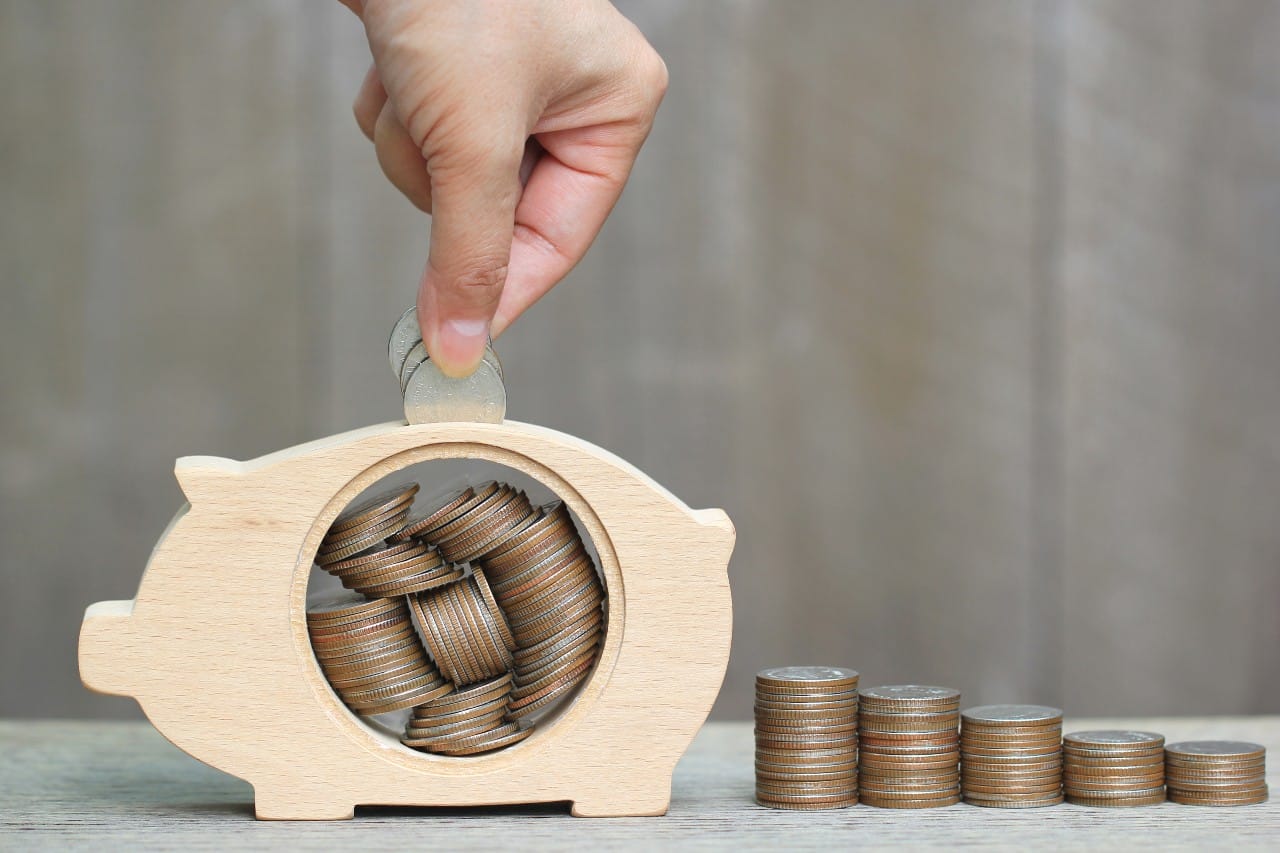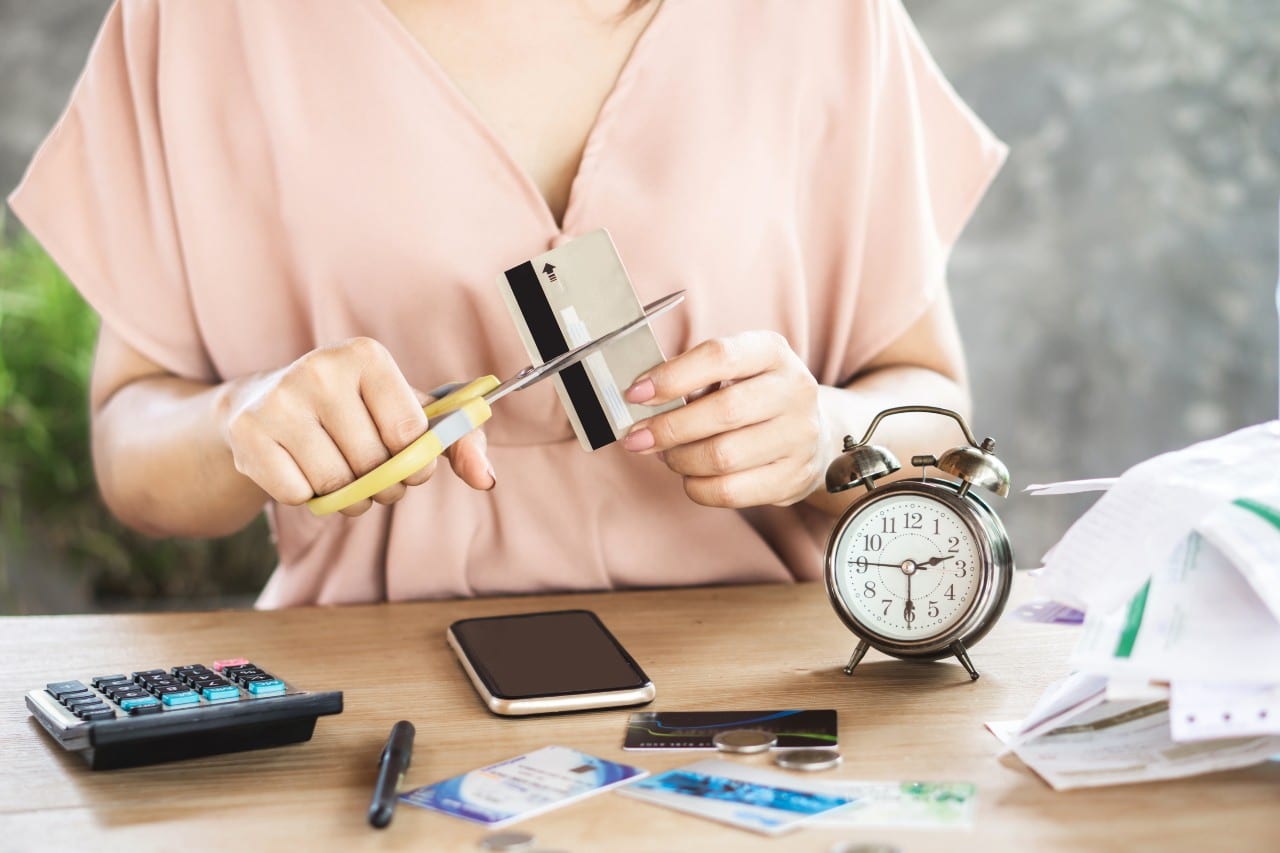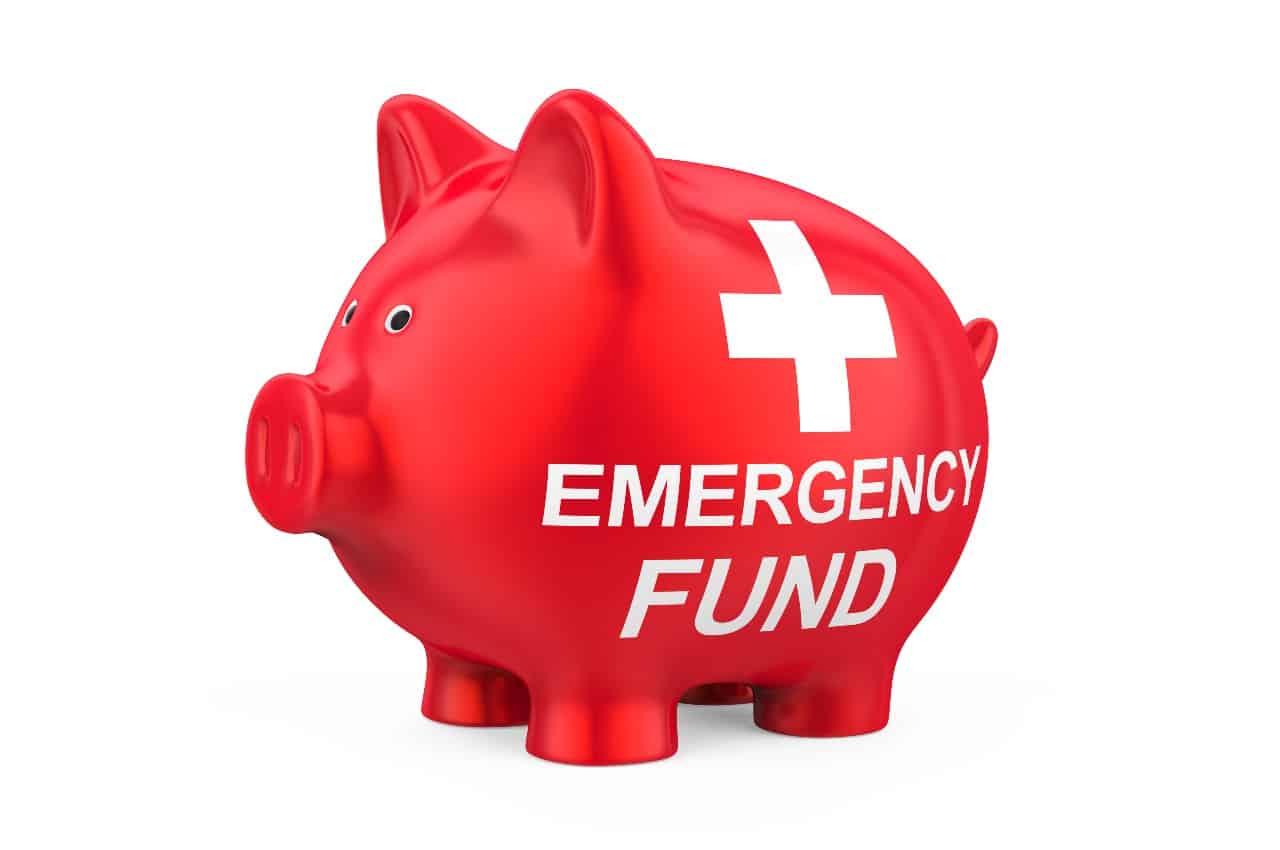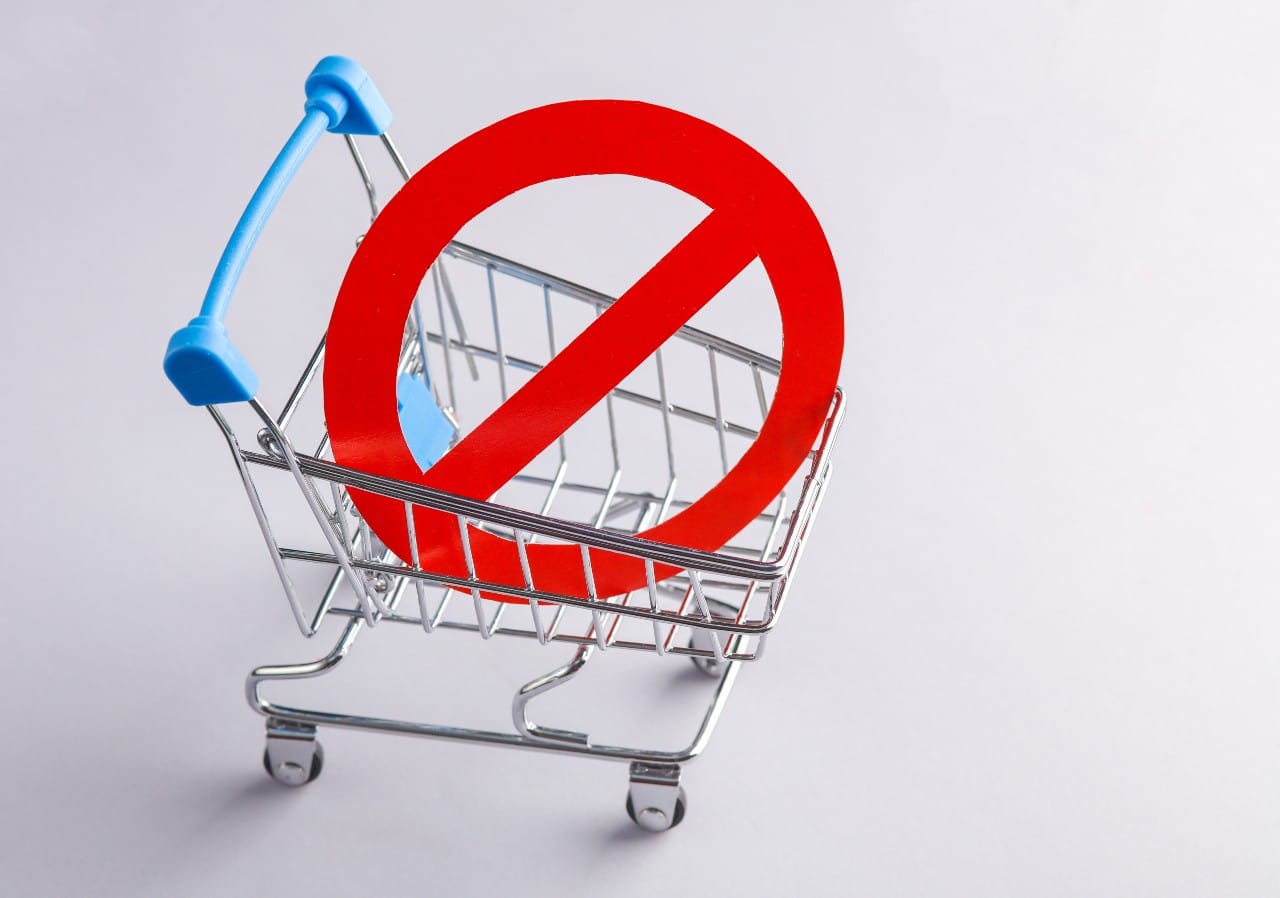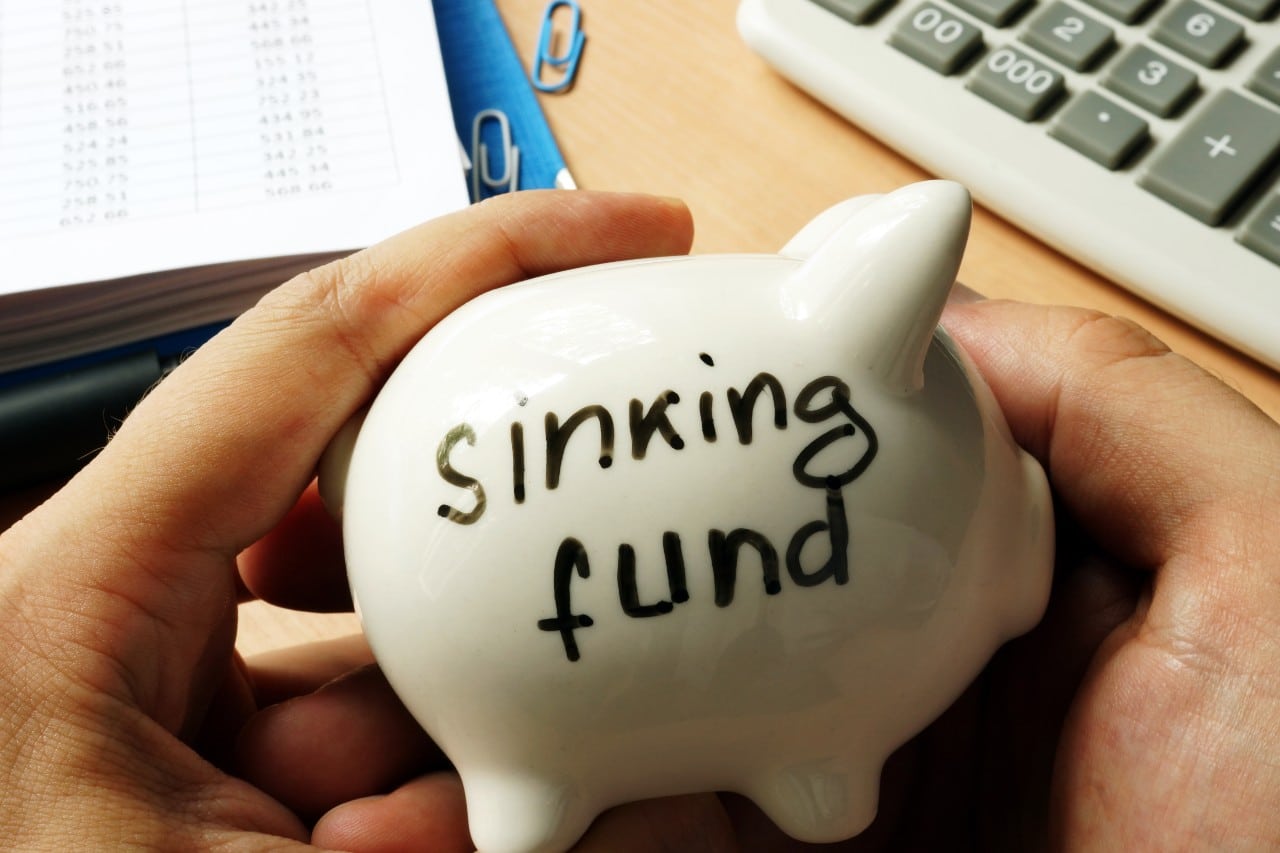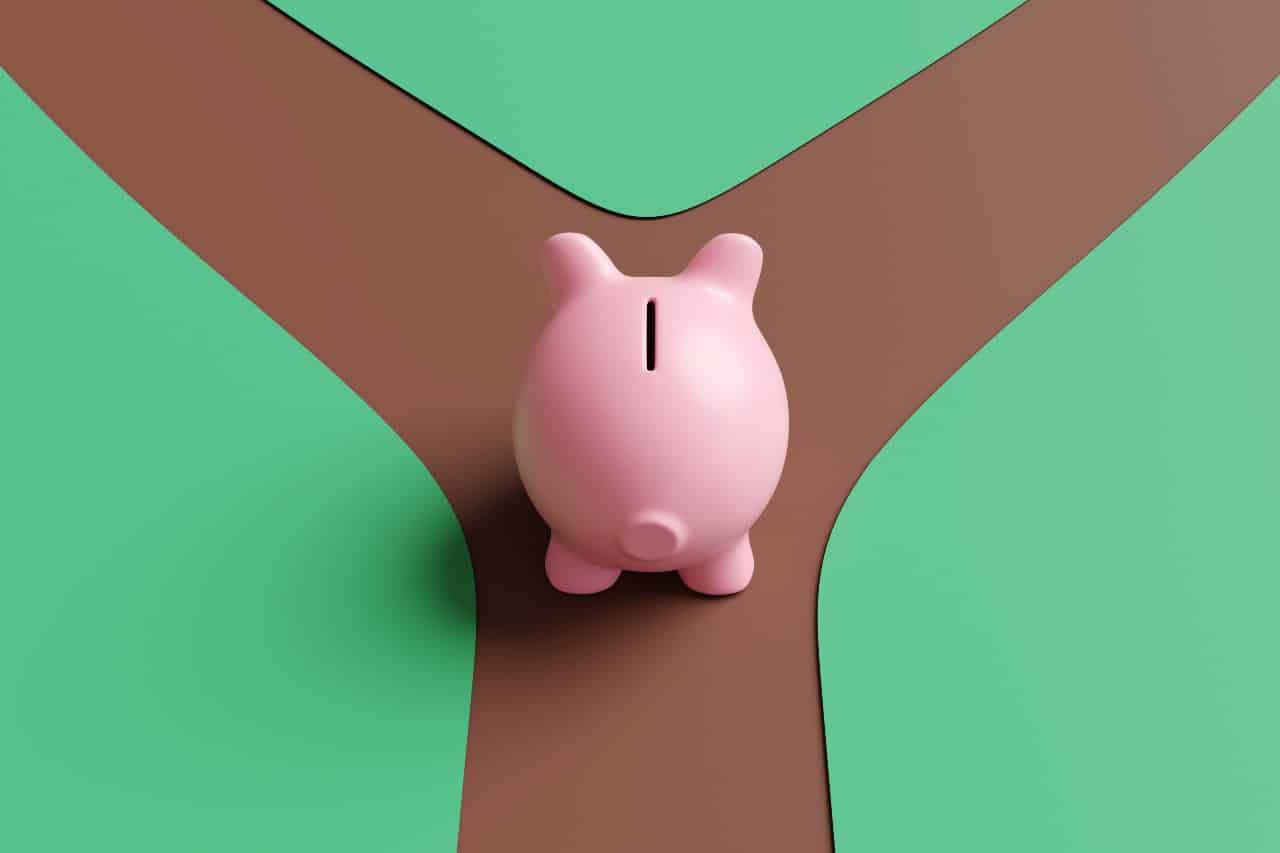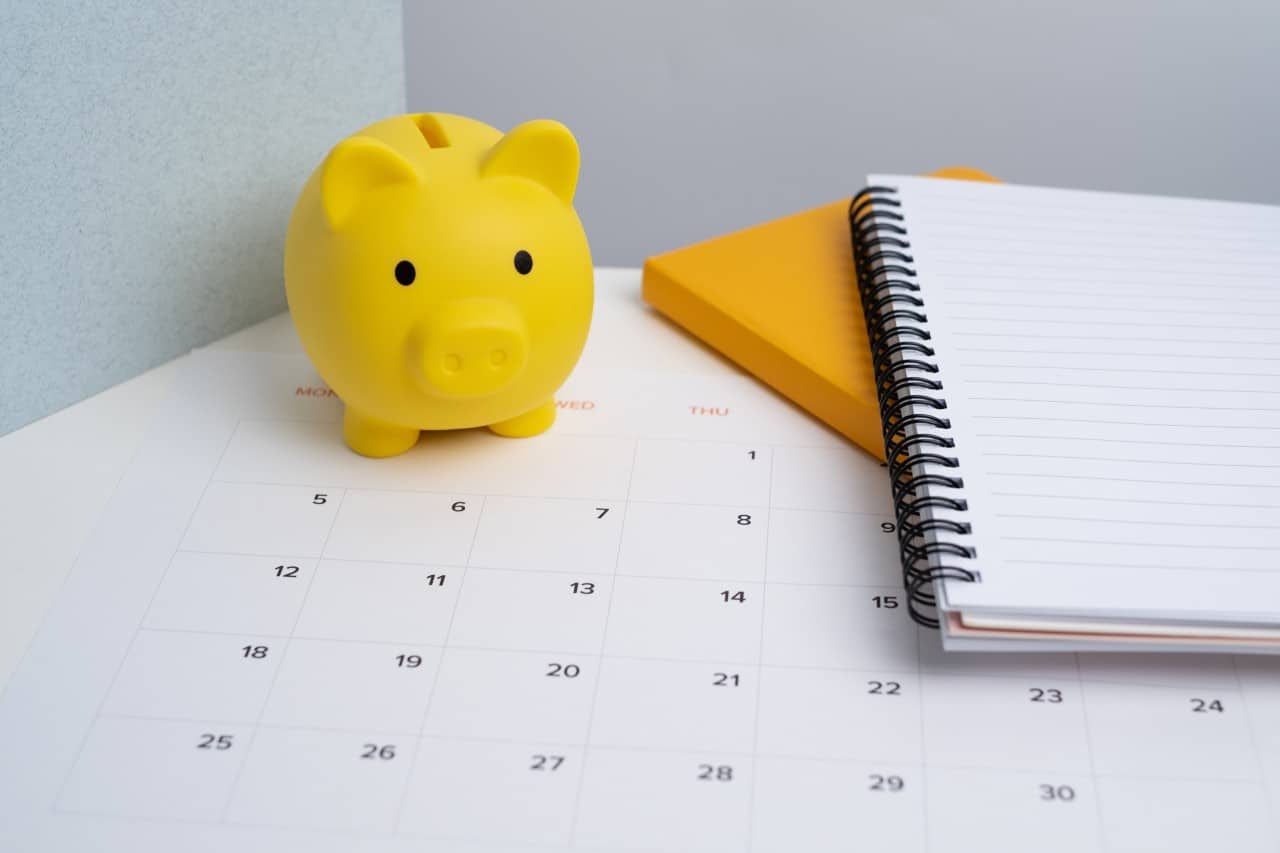With economic uncertainty, it’s wise to have an emergency savings fund. It can give you peace of mind and a financial buffer. Yet, only 53% of Canadians have an emergency fund that would cover three months of expenses, according to the FCAC’s Monthly Financial Well-being Monitor.
That begs the question, what should you do when you’ve depleted the bank account or it’s running low? Read on to find out the different ways you can reduce your expenses and build up your emergency money.
The importance of a rainy day fund
The same survey by FCAC shows that 44% of Canadians worry that their money won’t last, an increase from 31% in 2019. Having an emergency fund can prepare you for unexpected expenses, including facing a job loss, medical bills, natural disasters, funeral costs, home repairs, and car repairs.
Another benefit is that it can help you avoid borrowing money. Whether taking out a cash advance or an emergency loan, using a line of credit, or charging purchases to your credit card, these options charge high interest rates.
Ten strategies to preserve and rebuild your emergency money
The general rule is to have three to six months’ worth of expenses saved up. Although this goal may feel lofty for Canadians, especially when delinquency rates across the country have increased to 1.43% according to a Money.ca study. Here are ten ways you can top up your emergency fund.
1. Reduce unnecessary expenses
Review your bank statements to see where you’re spending your money. Identify areas where you can cut costs. Typical areas include entertainment, takeout meals, or memberships and subscriptions you no longer use.
Also, when you go through each expense, determine which items are wants versus needs. You want to cover your basic needs, but use delayed gratification for non-essential items.
2. Negotiate your bills
If you’re falling behind on bill payments, call your service provider to negotiate a flexible payment plan. Depending on the company, they may be able to waive late fees, reduce penalties, or lower the interest rate for a set period.
Doing this can avoid service disruption and give you some breathing room to prevent further arrears payments. Another technique is to focus on your debt payments using either the snowball method or the avalanche method.
3. Shop around for the best mortgage terms
The upcoming Bank of Canada interest rate announcements may impact your mortgage payments. According to a Royal LePage survey, 57% of Canadians whose mortgage is up for renewal in 2025 expect their monthly payments to increase. Shop around and compare the interest rates with competitors so you can get the best deal.
4. Open a high-interest savings account (HISA)
Keep your emergency money in an accessible high-yield savings account or chequings account with your local bank. This allows you to withdraw the money at a moment’s notice.
Avoid putting the cash into an investment account, such as a Tax-Free Savings Account (TFSA), because it can take days to sell your investment, settle the transaction, and withdraw the emergency money.
5. Automate your savings
Set up automated transfers so you don’t need to do this manually. For example, you can create an automatic transfer of $50 from your chequing account to your savings account when you get paid. Within 12 months, you’ll have automatically saved up $1,300.
Additionally, if you receive a bonus or raise at work, take a portion of that money and contribute it to your emergency fund. This ensures that you don’t spend this money on other expenses.
6. Find ways to earn extra money
Expand your income sources to widen your safety net and reduce reliance on a single income source. Consider taking up a side gig or part-time job based on your skills. For example, you can sell digital products, become a ride-share driver, or sell handmade goods at a local market.
7. Sell your unwanted household goods
If you look around your home, you may discover forgotten belongings that you no longer need. They’re likely hiding in your closets and storage bins. You can host a garage sale or list the items online, which are easy ways you can declutter while earning some cash.
8. Use the government’s benefit finder
The Benefits Finder tool allows you to search for government financial assistance programs. This includes federal, provincial, and territorial programs that provide financial aid to help with daily living expenses. For instance, you can find a variety of health programs, low-income support, disability support programs, along with child and family programs.
9. Check out community resources
In March 2024, there were more than 2 million visits to food banks across Canada, according to Food Banks Canada. This shows the financial hardships that households are facing. There are a variety of community resources to help families with basic needs, including:
- Non-profit organizations offer emergency housing programs for the homeless or those in crisis.
- The Canadian Red Cross provides information on how you can prepare for different emergencies, such as home fires, earthquakes, and floods.
- Employment agencies can help you with job searching and interview preparation.
10. Hold off on other financial goals
If you’re living paycheque to paycheque, consider pausing your other financial goals, such as your Registered Retirement Savings Plan (RRSP). However, if you don’t contribute to your RRSP, you will forego lowering your taxable income. Once you have a better grasp of your finances, you can return to contributing to your retirement savings.
Taking steps to build your emergency money
The easiest way to start is by taking small steps to work towards your financial goals. Remember, the earlier you start setting aside your emergency savings, the more time you have. So, when an unexpected event happens, you know that your emergency fund is there to rescue you. By implementing these strategies, you can reduce the amount you dip into your emergency savings fund and help to maintain your hard-earned savings.
If you’re looking for guidance on managing your emergency savings and paying off your personal loans, our Credit Counsellors can assist you. Call for a free consultation where they’ll go through your specific financial situation and offer recommendations on how to get started on a path to debt-free living.

